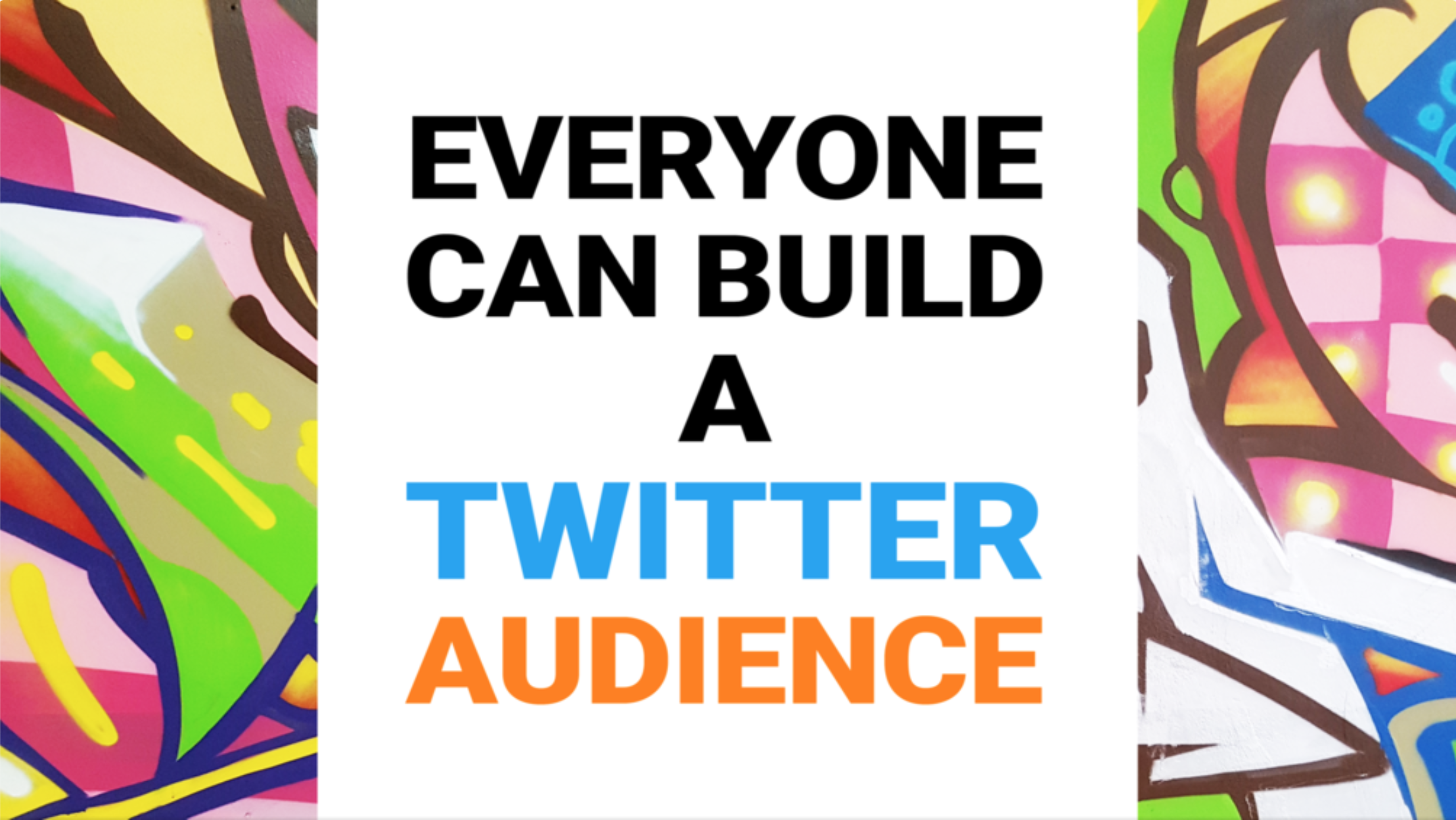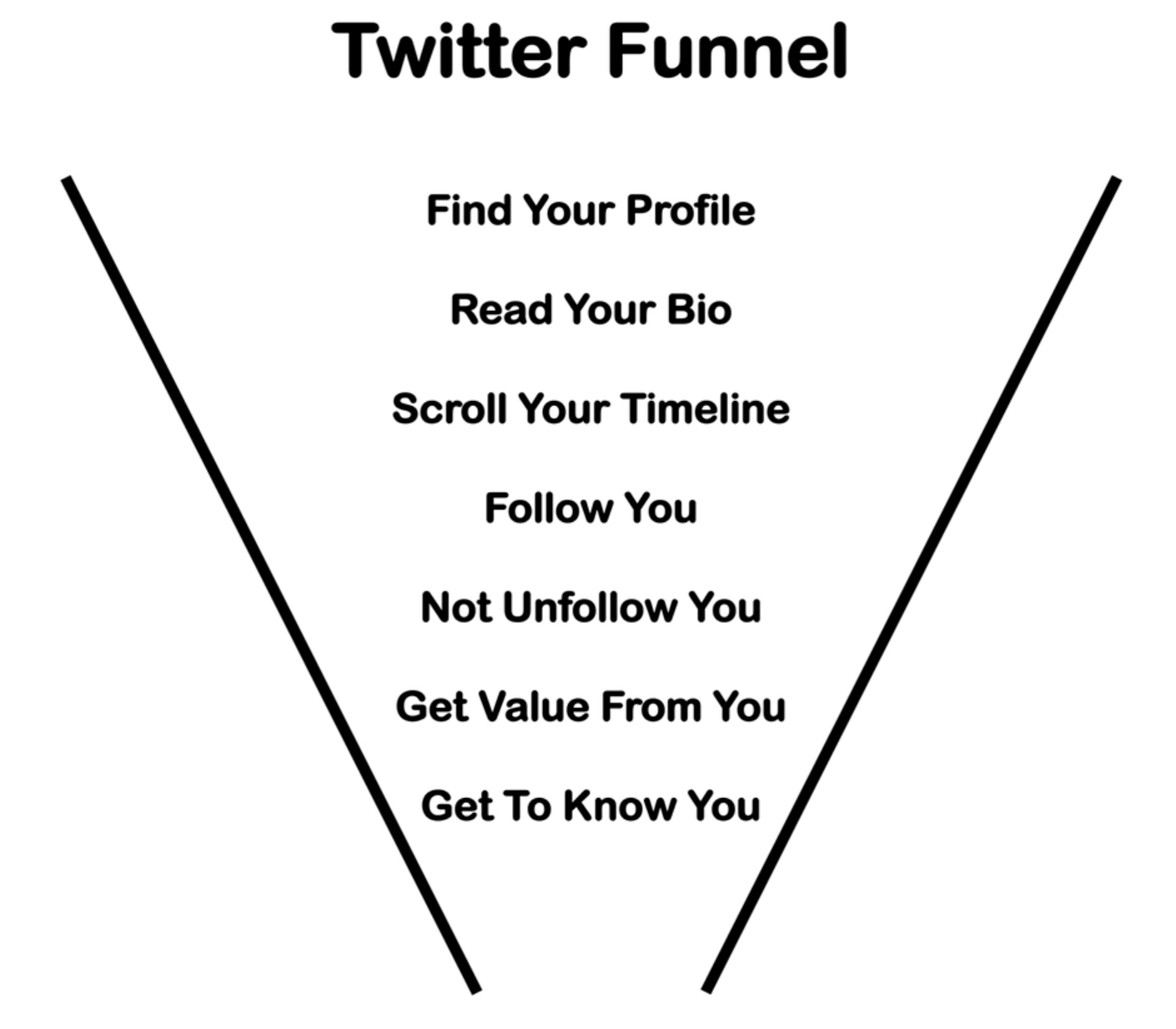Daniel Vassallo has rapidly become a highly respected figure in the bootstrapper/Indie Hacker community. One of his (many) impressive feats to date was growing his Twitter following from zero to ~24k in around nine months. This despite the fact that he was an ex-Amazon software engineer with no marketing experience. More important than the actual follower numbers are his engagement levels, which have led to him making six figures on various products.
Daniel created a video course explaining how he grew his Twitter audience called "Everyone Can Build a Twitter Audience". I wanted to recap & summarize the key points as building an engaged audience is highly beneficial for online course creators. Takeaways and thoughts are my own, and the links below are not affiliate/referral links.
Preamble - Why Care About Twitter
Love it or hate it, Twitter can be incredibly effective for marketing products. Whilst other platforms such as LinkedIn or Instagram can also be highly effective, this post is focused purely on Twitter. Twitter can be particularly effective for marketing info products such as courses, ebooks, communities, podcasts, and newsletters. Over the last years, I’ve seen a huge increase in business-related people sharing their stories and lessons through Twitter. Accounts like @levelsio, @ajlkn, and @patio11 have gained thousands of Twitter followers while they shared the performance of their startups/SaaS/projects.
Daniel says:
My Twitter account might be the most valuable asset I own.

1. Start By Defining Success
One of the things I really liked about the course was the deliberate definition of "success" in terms of a Twitter audience. What Daniel boils it down to is:
An audience who want to hear what you have to say
Daniel suggests focusing more on tweet engagement than follower numbers. He advocates placing more emphasis on:
- Likes
- Engagement rate to follower count ratio
He gives Tim O'Reilly's account as an example of a disengaged audience:
Despite having ~1.7M followers:

A typical Tim O'Reilly tweet might only get a few dozen likes (which is very low considering the follower count):

In short, pay more attention to engagement than followers.
2. Establish + Ratchet Your Credibility
Credibility is the foundational theme of the course. Credibility prompts the following reaction:
You want to hear more from this person, you have more questions for them and think they are likely to have the answers
Daniel argues that you don't necessarily have to be an expert in a topic to build credibility (although that definitely helps), but rather you need to have some noteable experience of the topic and some "skin in the game". Here are some of the examples he gives:
- His own self-employed journey after leaving a $500k job at AWS
- This guy who's been buying/selling domains for years
- Simon Sarris who tweets about how he built his own house (he looks to have expanded his account to other topics since the course was made)
- Sahil, the founder of Gumroad who tweets about startup life, finding co-founders, and investment.
What all of these accounts share in common is that their authors have done something relevant and built up some form of tacit knowledge that others would find interesting or valuable.
Unlike many other social media commentators, Daniel suggests that rather than focusing exclusively on one niche, you can gradually "ratchet" your credibility by expanding to other areas. In his case, he began talking about his own personal finances. Note that this was always with the caveat that it's based on personal experience rather than some vast "official" expertise.
Once you build credibility in one domain, it becomes easier to build it in others. However, everything must start with some baseline of credibility.
Sometimes it’s just a matter of showing what you’ve done, and how you’ve done it
3. Your Profile
Your bio should tell people:
- Why they should follow you
- Weave in your credibility (pinned tweet is a good way to do this)
- Tell people what you will be tweeting about
- It's easier to use your real name, though you can go anonymous (only do so if you really need to, e.g. to avoid conflicts at work)
Daniel doesn't believe much in hashtags.
4. Tweeting & Helping People Find You
There are two types of tweet:
- Tweets where you are giving value
- Tweets where you are asking for something (questions, polls, visit my product)
You should always know which of the two types your tweet is
You need to do a lot of giving before asking
Daniel waited until had around 6k followers before asking for anything.
- Minimize retweets (tend to fall into the "asking" category - not always, but probably 90%)
- Avoid excessive automation or autogenerated templates - tweets should look like they come from a human
- In the beginning, when you have no credibility, it’s most important to tweet in ways that promote your credibility
- Retweets won't be enough to get followers.
- Reply to other people’s tweets where you feel you can add value to the original tweet
- Don’t be too pushy with putting links to landing pages etc. Just add value for the target audience.
- Turn on tweet notifications so you can be one of the first to reply - this really moved the needle for Daniel early on.
- Talk to people - reply to DMs

What To Tweet About
- Reflect at the end of the day about interesting things that happened during that day
- Things that took you a lot of effort to figure out
- Inspiration from talking to people
- It's easier to get people to read a tweet thread rather than a blog post
Find the intersection of what interests you, your audience, and what you have credibility on
5. Things to Avoid
- Too much authenticity can be boring/uninteresting (e.g. talking about your favorite food)
- You don’t have to share everything!
- Talking about things you don’t have credibility on
- Don't ask people to go to another link (very often)
- Don't buy followers
- Don't follow for a follow
- Don't tag a bunch of people hoping they’ll notice you
- Don't be a nuisance
- Don't chase retweets
- Don't ask for retweets
- Don't get banned (assume trolls will look through your history)
- Don't get addicted
The above dos and don't will optimize what is fundamentally a funnel:

Useful Tools Daniel Vassallo Mentions in Everyone Can Build a Twitter Audience
- followerwonk - Twitter analytics and metrics
- TweetDeck - column view with different users that you follow
- mailbrew - summarises tweets in an email
Happy tweeting!
